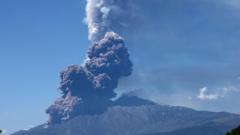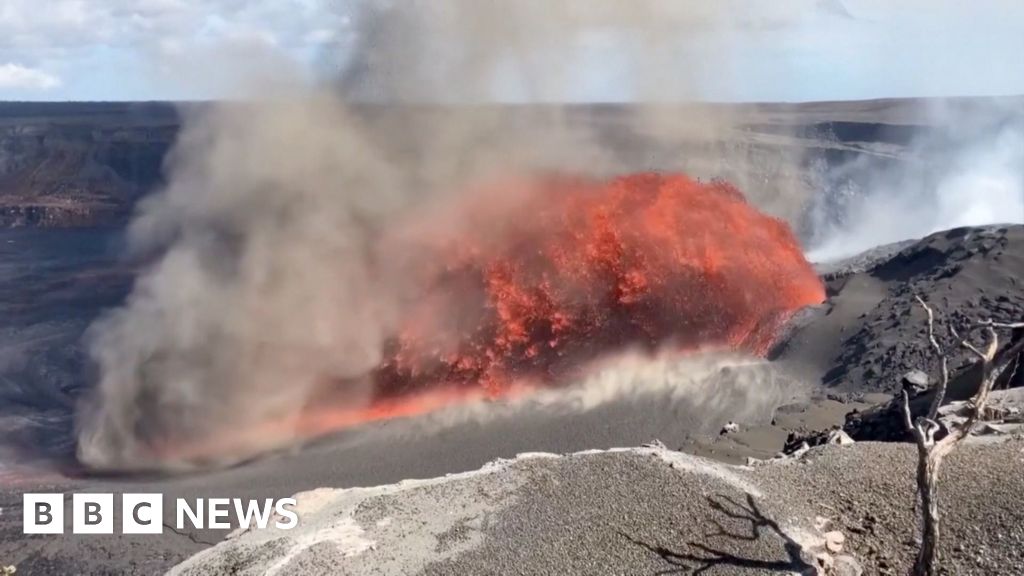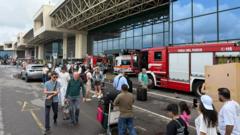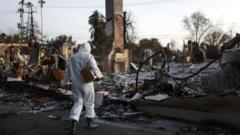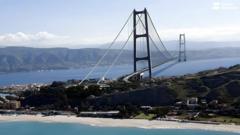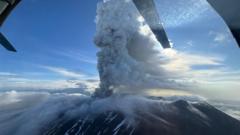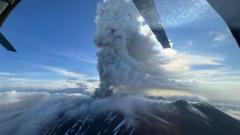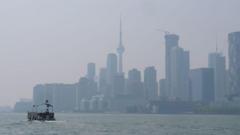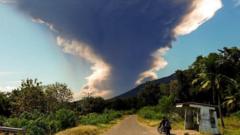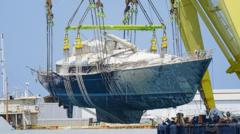Italy's famed Mount Etna has erupted, releasing significant plumes of ash and smoke visible from various vantage points across Sicily. On Monday morning, the volcano exhibited a series of explosive events that were noted as "increasingly intense" by the National Institute of Geophysics and Volcanology (INGV). The full magnitude of the eruption remains uncertain, though initial reports suggest minimal disruption to surrounding areas.
Observers noted that seismic activity indicated the eruption originated from the southeastern slope of the volcano near a sizable vent, approximately 200 meters wide. Video footage captured throughout the day showed a fast-moving mixture of ash, gas, and rock, known as pyroclastic flow, cascading down Mount Etna's slopes. Geologists hypothesize that part of the volcano's crater may have collapsed, resulting in the observed material flow—although no immediate threats have been detected.
Recent updates from INGV have indicated that the volcanic material has not extended beyond the Valley of the Lion, a common stopping point for tourist excursions. The eruption was first detected at 00:39 local time (22:39 GMT), identified as a "Strombolian" type, characterized by sporadic explosions due to gas buildup in the magma chamber. This natural process can resemble the release of gas from a carbonated beverage when bubbles erupt toward the surface.
Despite the potential risks this type of eruption poses to nearby aircraft, early alerts regarding possible flight disruptions were ultimately downgraded. In February, Mount Etna's last significant eruption led to Catania airport rerouting numerous flights due to the presence of ash clouds. Authorities have issued warnings for tourists, advising them to maintain a safe distance from the active lava flows around the volcano.

